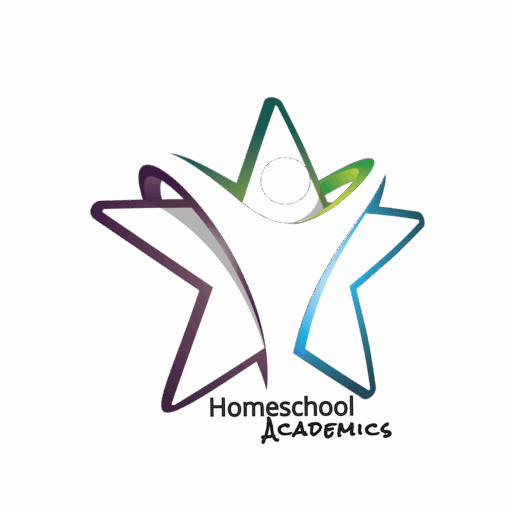K-12 students learn through various methods and approaches that cater to their developmental stages, individual learning styles, and the educational environment. These methods include direct instruction, hands-on learning, project-based activities, collaborative group work, and technology-assisted learning. Differentiated instruction, multisensory approaches, and individualized learning plans help accommodate diverse needs, including those of students with learning differences.
The effectiveness of these approaches is influenced by factors such as teacher engagement, parental support, access to resources, and the overall learning atmosphere. By incorporating various instructional strategies, educators can foster critical thinking, creativity, and a lifelong love of learning in students.
Here are some key ways K-12 students learn:
Active Learning:
- Hands-on Activities: Students engage in experiments, projects, and other activities that require them to apply what they’ve learned in a practical setting.
- Interactive Lessons: Use of tools like smart boards, educational software, and interactive online resources to engage students in the learning process.
Direct Instruction:
- Teacher-Led Instruction: Traditional classroom teaching where the teacher presents information directly to students, often followed by guided practice.
- Lectures and Demonstrations: Students learn by listening to explanations and watching demonstrations, often followed by note-taking and discussions.
Collaborative Learning:
- Group Work: Students work together on projects or problems, learning from each other and developing teamwork skills.
- Peer Tutoring: Students help each other understand concepts, often with one student teaching another.
Differentiated Instruction:
- Tailored Learning Experiences: Teachers modify lessons to meet the needs of the child with different abilities, learning styles, or interests.
- Individualized Education Plans (IEPs): For students with special needs, personalized plans ensure they receive the support required to succeed.
Technology-Enhanced Learning:
- Online Resources and Tools: Use of educational websites, apps, and software to supplement learning.
- Blended Learning: Combines traditional classroom instruction with online learning activities, giving children some control over time, place, and pace of learning.
Social and Emotional Learning (SEL):
- Self-Awareness and Management: Teaching students to understand and manage their emotions, set goals, and develop empathy.
- Relationship Skills: Developing the ability to establish and maintain healthy relationships, work in teams, and handle interpersonal conflicts.
Inquiry-Based Learning:
- Problem-Solving: Students are encouraged to ask questions, explore, and solve problems, often leading to a deeper understanding of the subject matter.
- Research Projects: Students investigate a topic of interest, gather information, and present their findings.
Cultural and Environmental Influences:
- Cultural Relevance: Learning that connects to students’ backgrounds, experiences, and cultural identities, making education more relatable and meaningful.
- School Environment: The physical and emotional climate of the school, including safety, resources, and support, significantly affects learning.
Motivation and Engagement:
- Intrinsic Motivation: Fostering a love of learning for its own sake, encouraging curiosity and a desire to succeed.
- Extrinsic Motivation: Use of rewards, grades, and recognition to motivate students to engage in learning activities.
Assessment and Feedback:
- Formative Assessment: Regular, low-stakes formative assessments help teachers understand what children are learning and where they need more support.
- Summative Assessment: Tests, exams, and other high-stakes summative assessments measure what children have learned over some time.
- Feedback: Constructive feedback from teachers helps children understand their strengths and areas for improvement.
Project-Based Learning (PBL):
- Real-World Projects: Students work on complex questions or challenges over an extended period, culminating in a final product or presentation.
- Interdisciplinary Learning: Project-based learning often integrates multiple subjects, allowing children to make connections across different areas of knowledge.
Play-Based Learning:
- Especially in Early Grades: Young children learn through play, which helps develop cognitive, social, and motor skills naturally and engagingly.
These methods often overlap, and effective education for K-12-aged children typically involves a combination of these approaches, adjusted to fit the needs of the individual student and the specific context of the classroom.


